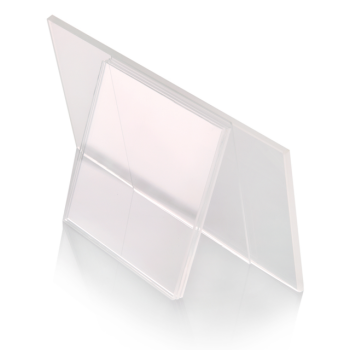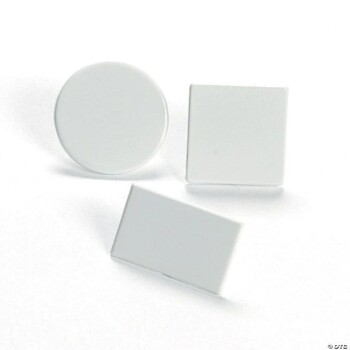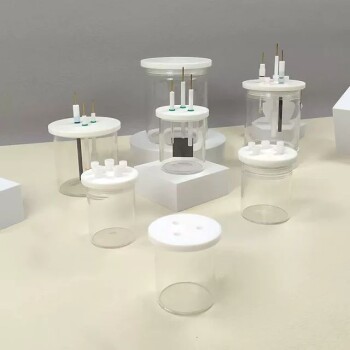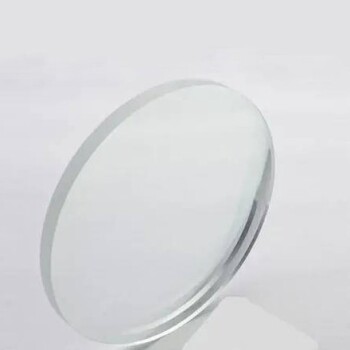晶体结构
单晶石英
单晶石英具有高度有序的晶体结构,其特点是原子排列规则,以三维周期性方式重复。这种规则性赋予了单晶石英独特的特性。单晶石英的晶体形态通常为六方柱状或菱形,即具有六面柱状或菱形结构。这种独特的形态是硅原子和氧原子在晶格内精确排列的直接结果。
单晶石英的六角柱状结构特别稳定和坚固,因此非常适合需要高机械完整性的应用。另一方面,菱形结构由于原子对称排列,可最大限度地减少内部散射,提高光的透过率,因此通常具有优异的光学特性。这些结构属性不仅在视觉上与众不同,而且在决定材料的物理和化学性质方面也起着至关重要的作用。
总之,单晶石英高度有序的晶体结构具有规则的原子排列和独特的六角柱状或菱形结构,是其卓越的机械、光学和热学特性的基础,使其成为各种高精度应用的首选材料。
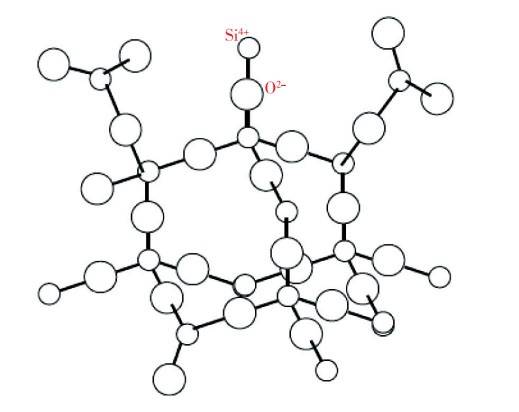
熔融石英
熔融石英通常被称为合成熔融石英,是二氧化硅的一种无定形形式,其特点是没有晶体结构,原子排列紊乱。单晶石英的原子结构呈现高度有序的三维周期性重复,而熔融石英与单晶石英不同,在微观世界中具有短程有序和长程无序的特点。这种结构上的根本差异对于理解其特性和应用至关重要。
这种材料通常取自硅砂,这是一种天然存在的物质,几乎占地壳的三分之一。生产过程包括使用电(电熔)或气/氧(焰熔)熔化结晶硅石,其中包括沙子和岩石晶体等材料。熔融后形成的玻璃状二氧化硅是二氧化硅玻璃的统称,它可以是透明的、不透明的或半透明的,具体取决于生产工艺和预期应用。
熔融石英的无定形性质赋予了它不同于晶体材料的独特特性。例如,虽然两种材料都具有良好的光学透射率,但与单晶石英相比,熔融石英由于其无序结构,折射率的一致性可能稍差一些。尽管如此,熔融石英仍被广泛用于制造 光学材料 在制造光学材料、光学窗口和其他各种光学元件时,熔融石英的非晶特性非常有利。
总之,熔融石英具有无定形结构和多种生产方法,可提供一系列独特的性能,使其在多个行业中发挥重要作用,特别是在要求材料能承受高温和较大温度变化而不影响结构的应用中。
硬度和密度
单晶石英
单晶石英以其超凡的硬度而闻名,在莫氏硬度标尺上稳居 7 级。这一特性使其具有极强的抗划痕和抗磨损能力,这在对耐用性要求极高的应用中至关重要。此外,单晶石英的密度相对稳定,约为 2.65 克/立方厘米,这也是其稳定性和均匀物理性质的重要原因。
这种高硬度和稳定的密度归功于其高度有序的晶体结构,其特点是原子排列规则和三维周期性重复。单晶石英的晶体形态通常为六方柱状或菱形,这不仅赋予了其独特的物理特性,还对其光学和热学特性起着重要作用。
与硬度和密度稍低的熔融石英相比,单晶石英在需要高机械强度和尺寸稳定性的应用中是一种出色的材料。单晶石英能够承受极端条件而不影响结构的完整性,因此成为各种工业和科学应用的首选。
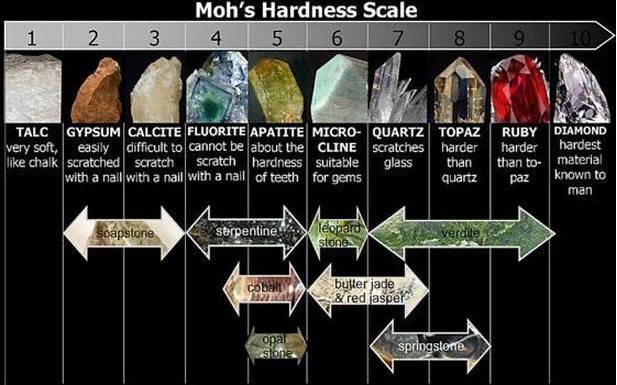
熔融石英
熔融石英通常被称为合成熔融石英,是二氧化硅的一种无定形形式。与具有高度有序晶体结构的单晶石英不同,熔融石英缺乏明确的晶体排列。这种无定形性质的特点是短程有序和长程无序,使其具有独特的物理和机械特性。
熔融石英的一个显著特点是密度大,一般约为 2.2 克/立方厘米,与密度约为 2.65 克/立方厘米的单晶石英相比相对较轻。密度较低的直接原因是其无序的原子结构导致原子排列不够紧凑。
熔融石英的硬度略低于单晶石英,在莫氏硬度标尺上为 7 级。尽管如此,熔融石英的硬度仍足以满足许多工业应用的需要,特别是在热稳定性和光学透明度等其他性能更为重要的环境中。
熔融石英通常是在极高的温度下通过电或气体和氧气熔化高纯度硅砂而制成的。这种熔化过程将结晶硅石转化为玻璃态,根据具体的制造工艺和所需的应用,材料可以呈现透明、不透明或半透明的状态。这种多功能性可以制造出从光纤和窗户到专用实验室设备和高性能玻璃器皿等各种产品。
光学特性
单晶石英
单晶石英以其优异的光学特性而闻名,是高精度光学应用的首选材料。它在整个可见光谱范围内都具有出色的透射率,并可延伸至红外区域,是各种光学仪器的理想选择。这种材料的折射率稳定,可确保性能稳定,这对于要求精确度和可靠性的应用来说至关重要。
在光学领域,单晶石英可用于制造透镜和棱镜等元件。这些组件是望远镜、光谱仪和激光系统等要求高精度的设备不可或缺的部件。单晶石英的晶体结构以其规则的原子排列和三维周期性为特征,因而具有卓越的光学性能。
此外,单晶石英的热稳定性提高了其在温度波动频繁的环境中的实用性。它的热膨胀系数低,确保光学元件即使在不同的热条件下也能保持尺寸的完整性。这一特性使单晶石英成为航空航天和国防应用中不可或缺的材料,在这些应用中,可靠性和耐用性是至关重要的。
总之,高透射率、稳定的折射率和热稳定性使单晶石英成为高精度光学领域的基石材料。凭借其独特的性能,我们可以制造出满足现代技术应用严格要求的光学元件。
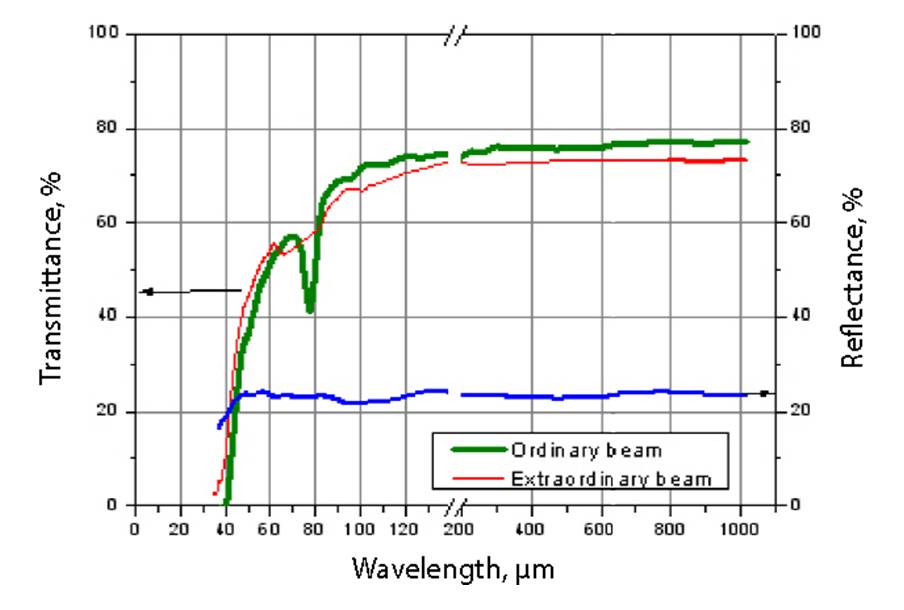
熔融石英
熔融石英又称合成熔融石英,是一种主要由二氧化硅组成的玻璃体材料,二氧化硅占地壳的近三分之一。这种材料是通过熔化结晶二氧化硅而产生的,结晶二氧化硅是一种存在于沙子和岩石晶体中的天然物质。熔化过程可以通过电气手段或使用气体/氧气火焰来实现,从而产生透明、不透明或半透明的产品。
熔融石英的主要特点之一是具有良好的透光性。然而,由于其无定形结构,折射率的均匀性可能比单晶石英稍差。这一特性虽然不适于需要高精度光学元件的应用,但却使熔融石英特别适于制造以下产品 熔融石英板 和光学窗口。这种材料在不同条件下保持形状和光学特性的能力进一步增强了其在这些应用中的实用性。
热性能
单晶石英
单晶石英具有 优异的耐高温性能 熔点可高达约 1750°C。其较低的热膨胀系数进一步增强了这种出色的热稳定性。 低热膨胀系数 的低热膨胀系数进一步增强了这种出色的热稳定性,从而确保材料即使在极端温度条件下也能保持尺寸的完整性。
| 特性 | 值/描述 |
|---|---|
| 熔点 | ~1750°C |
| 热膨胀系数 | 低,确保高温下良好的尺寸稳定性 |
这些热特性的结合使单晶石英成为需要在高压力热环境下保持稳定性能的应用的理想材料。
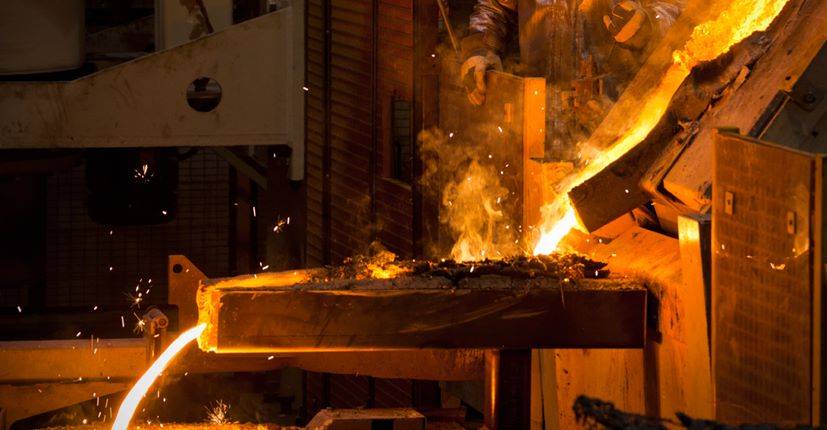
熔融石英
熔融石英又称合成熔融石英,具有很高的耐热性,但其熔点略低于单晶石英。这种材料热性能的显著特点是热膨胀系数明显较低,因此可以承受较大的温度波动而不破裂。
熔融石英的生产涉及高纯度硅砂的熔化,这一过程既可以通过电气手段实现,也可以使用气体和氧气。制造方法的多样性使其在各行各业得到广泛应用。这种材料可以呈现出不同的形态--透明、不透明或半透明,应用范围十分广泛。
与单晶石英相比,熔融石英的无定形结构使其具有独特的热弹性,因此在热冲击是一个关键因素的环境中是首选。这一特性加上其易于生产和成本效益,使熔融石英在众多工业和科学领域成为一种用途广泛、坚固耐用的材料。
电气特性
单晶石英
单晶石英以其优异的电气绝缘性能而闻名,具有电阻率高、介电损耗低的特点。这使其成为电子工业中不可或缺的材料,被广泛用于制造各种关键元件。
单晶石英在电子领域的主要应用之一是生产集成电路。它的高电阻率可确保有效阻止电流流动,从而保持电路的完整性和性能。此外,其低介电损耗特性可最大限度地减少能量耗散,这对电子设备的高效运行至关重要。
单晶石英还广泛用于制造石英振荡器。这些振荡器是各种电子系统的基本元件,可提供稳定而精确的频率信号。单晶石英独特的电气特性,尤其是低介电损耗,为这些振荡器的高精度和高可靠性做出了贡献。
总之,单晶石英卓越的电气绝缘性能使其成为众多电子应用的首选,确保了集成电路、石英振荡器和其他电子元件的可靠性和性能。
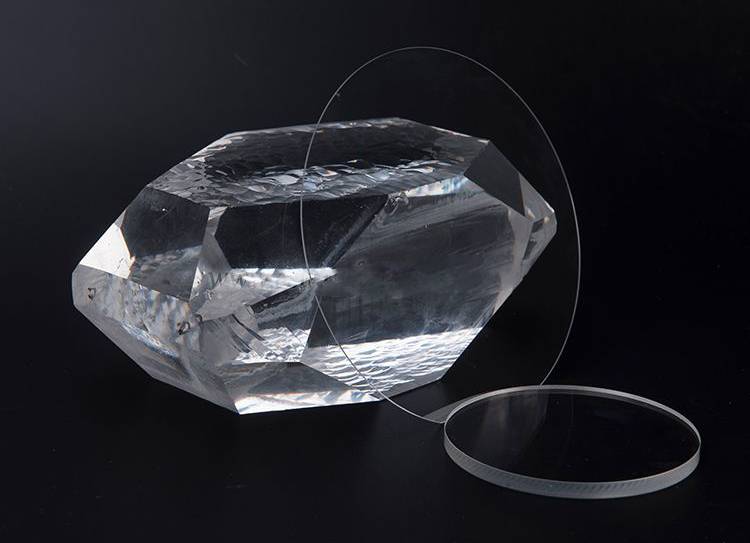
熔融石英
熔融石英又称合成熔融石英,是一种由高纯度硅砂制成的玻璃状二氧化硅。这种材料的特点是无定形结构,缺乏单晶石英等晶体材料中的长程有序性。熔融石英缺乏明确的晶格,因此具有不同于晶体材料的独特性质。
熔融石英的一个显著特点是其出色的绝缘性能。它具有高电阻率,因此适用于各种电子应用。不过,由于熔融石英具有无定形的性质,因此与单晶石英相比,其电气性能可能会有所变化。这些变化可能包括介电常数和损耗正切的差异,而这对于需要精确电气特性的应用来说至关重要。
熔融石英的生产需要在极高的温度下熔化石英砂或岩石晶体等晶体硅石。这一过程可通过电熔或火焰熔融等方法实现。由此产生的材料可以是透明的、不透明的或半透明的,从而为其应用提供了多样性。这种制造工艺相对简单,成本效益高,可以进行大规模生产,与生产单晶石英的复杂昂贵的方法相比,这是一个显著的优势。
尽管存在这些差异,熔融石英仍然是众多行业的重要材料,特别是在其独特的光学、热学和电学特性组合非常有益的领域。熔融石英能够承受高温和较大的热波动而不会开裂,这进一步增强了它在对耐用性和稳定性要求极高的环境中的实用性。
制备方法
单晶石英
单晶石英通常是通过先进的晶体生长技术(如水热法和拉伸法)生产出来的。这些方法都是在特定条件下精心控制的,包括精确的温度、压力和溶液环境,以促进高质量石英晶体的生长。
- 水热法:这种技术是在一个充满富含矿物质的水的加压釜中,在较高温度(通常在 300°C 至 500°C 之间)下合成晶体。高压锅内的压力可高达 1,000 个大气压,从而创造出有利于晶体生长的环境。
- 拉伸法:也称为 Czochralski 法,这种方法是将籽晶从熔融石英浴中缓慢拉出,同时旋转籽晶。受控的冷却和拉拔速度可确保形成单个连续晶体。
制备过程确实复杂而昂贵,需要专门的设备和对众多变量的严格控制。然而,这种高质量的单晶体材料具有优异的性能,在各种高科技应用中都具有不可估量的价值。

熔融石英
熔融石英通常被称为合成熔融石英,主要由高纯度硅砂通过简单的制造工艺提炼而成。主要方法是将石英砂等原材料加热到极高温度,直至熔化成液态。随后,熔融材料被迅速冷却,形成无定形的玻璃状物质。这种快速冷却过程至关重要,因为它可以防止形成晶体结构,从而保持材料的无定形性质。
熔融石英的生产可通过两种主要技术实现:电熔法和火焰熔融法。在电熔法中,使用电弧或感应加热熔化硅砂,而火焰熔化法则使用气体-氧气火焰达到同样的效果。这两种方法生产出的熔融石英具有不同程度的透明度,从完全透明到不透明或半透明不等,具体取决于特定的生产条件和所需的最终用途。
生产工艺的简单性和可扩展性使熔融石英的成本相对较低,从而使其成为大规模工业应用中经济上可行的选择。与生产单晶石英所需的复杂而昂贵的方法不同,熔融石英可以大量生产,满足各行各业的广泛应用。

